The advent of robust modern construction and architecture have led to the progressive development of advanced technology and adaptable materials. This has encouraged the emergence of innovative solutions that reexamine the relationship between architecture and the environment. A notable development in this field has been the creation of building facades that are both sensitive and adaptable, seamlessly fusing modern technology with a variety of materials. These building facades examine how actively they respond to ecological cues, how they conserve energy, and how important it is that they act as a catalyst for innovative and practical building methods in the world.
Technological consolidation
The building blocks for responsive and adaptive building facades consist of the consolidation of modern technologies that authorise dynamic feedback to environmental circumstances. Various sensors, actuators and control systems - all work in a single motion to observe and respond accordingly to elements like wind, temperature and sunlight. With the help of these instantaneous data, these building facades can regulate their effects to maximise energy saving and establish an ideal living atmosphere.
For instance, sensors embedded within the facades can detect subtle changes in sunlight intensity. Upon detection, the facades can dynamically adjust their positioning to either shield or expose the building surface. This adaptive response optimizes natural light utilization while minimizing glare. Consequently, the need for artificial lighting is reduced, promoting energy efficiency. ACP sheets are part of the widespread practice to fabricate these facades as they offer diverse advantages like decorative visual appeal, versatility and hassle free maintenance while increasing energy saving and anti corrosion properties.
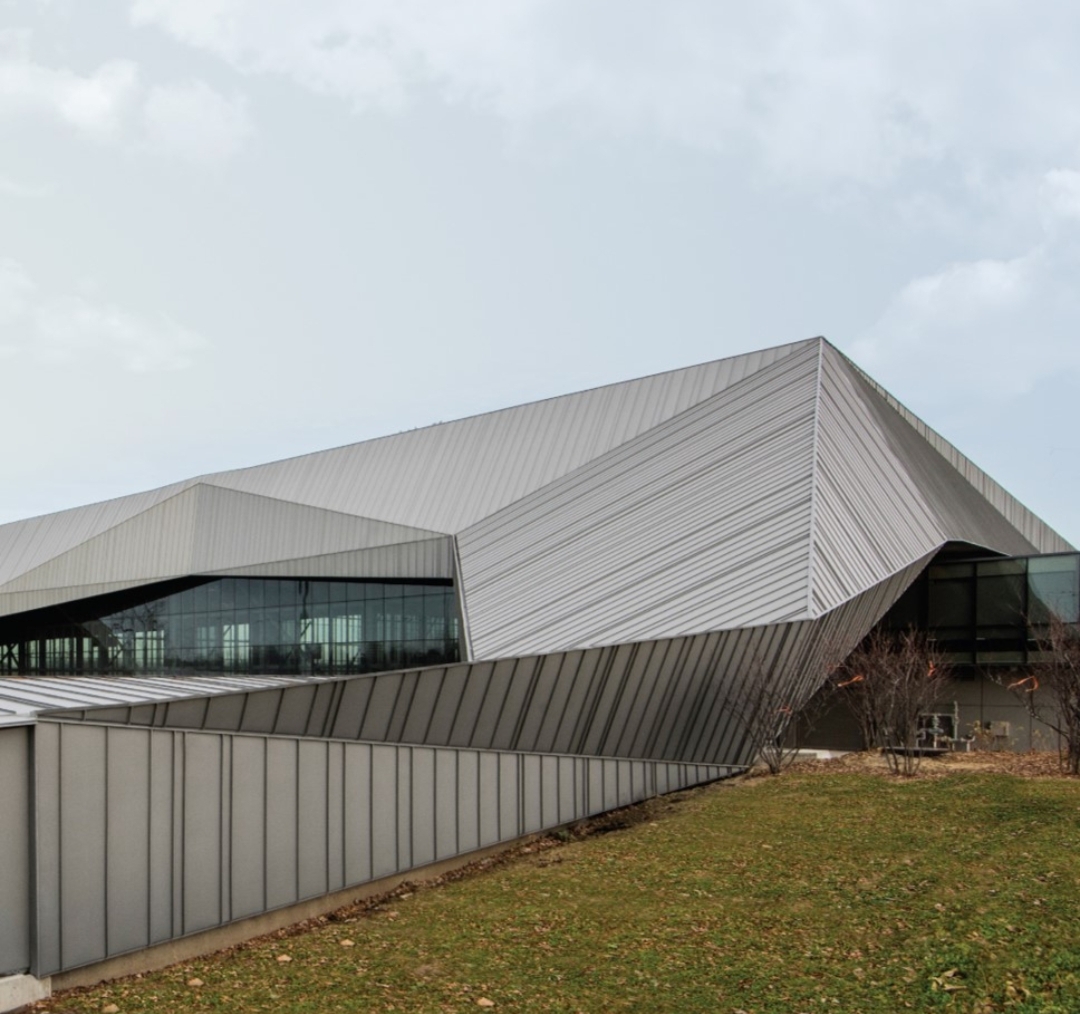
Material remodelling
ACP building facades offer favourable outcomes to developers and require premier-grade materials during fabrication. Modern developments in material science have made provisions for the evolution of creative substances that hold the abilities of structural stability and flexibility. Materials such as smart polymers, and photovoltaic-fused elements hold crucial roles in constructing responsive and adaptive facades.
Smart polymers play a crucial role in the construction of responsive and adaptive building facades. These components can respond to external factors like heat and temperature. When integrated into building facades, smart polymers are programmed to adjust their heat dynamism - thus allowing increased temperature as a response to cold environments and refined heat depletion during warmer atmospheres. It makes responsive and adaptive building facades crucial to modern thermal needs while also promoting sustainability.
Another innovative component for the construction of responsive and adaptive building facades is the photovoltaic integrated materials that can harness stellar energy to produce electricity. These components are immaculately integrated inside the facade and assist by transfiguring sunlight into a clean and sustainable energy source. Constructions furnished with these facades often become fully or partially energy-sufficient, diminishing their need for conventional electricity sources and maintaining the carbon balance.
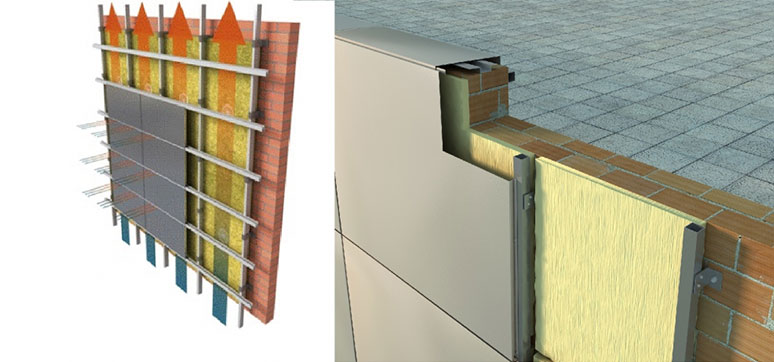
Conversion and effect
The adoption rate for responsive and adaptive ACP building facades is climbing rapidly throughout the world, as part of transforming consumer demands on viable and energy-saving procedures. As per the International Energy Agency, construction projects are directly accountable for almost 40% of worldwide CO2 emissions. This makes the incorporation of responsive and adaptive building facades in modern residential construction even more crucial to diminish emissions and improve energy utilisation.
Another study by the American Council for an Energy-Efficient Economy (ACEEE) has revealed that buildings where responsive facades are used exhibit a 20% decrease in energy utilisation in contrast to conventional complexes. This has been accomplished because of the facades’ capabilities to adjust to different weather conditions and reduce the importance of artificial atmosphere.
Conclusion
The ongoing paradigm change in construction practices has significantly improved the adoption rate for responsive and adaptive building facades. This growth is being driven by consumer priorities and demands, focused on sustainable and energy-saving practices and materials. Construction efforts are often synonymous with pollution and the adoption of responsive and adaptive ACP building facades reduces carbon emissions and pollution, while also providing enhanced strength and longevity to customers. This paves the road for a bright future where sustainability is prioritised in building designs, contributing to a greener and more efficient future for our world.
Authored By:

Rajesh Shah is the Chairman and Managing Director (CMD) of Euro Panel Products Limited, also known as Eurobond ACP. He has been on the board for more than 10 years and has 35 years of business experience. Shah is responsible for the company's management, finance, and strategy.

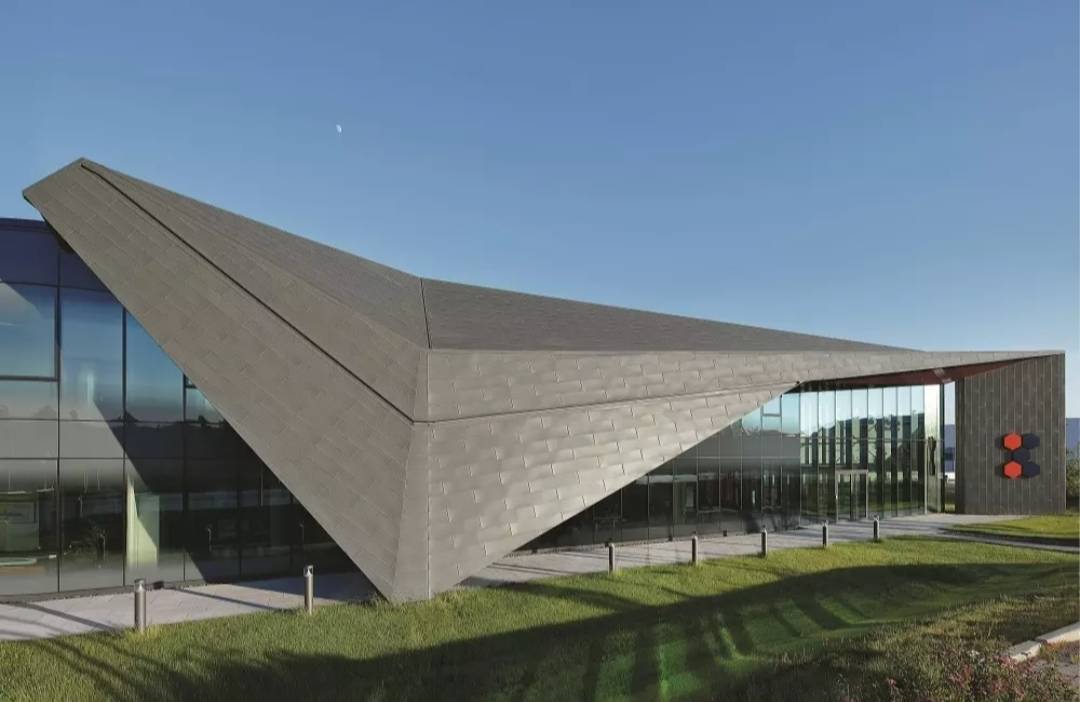
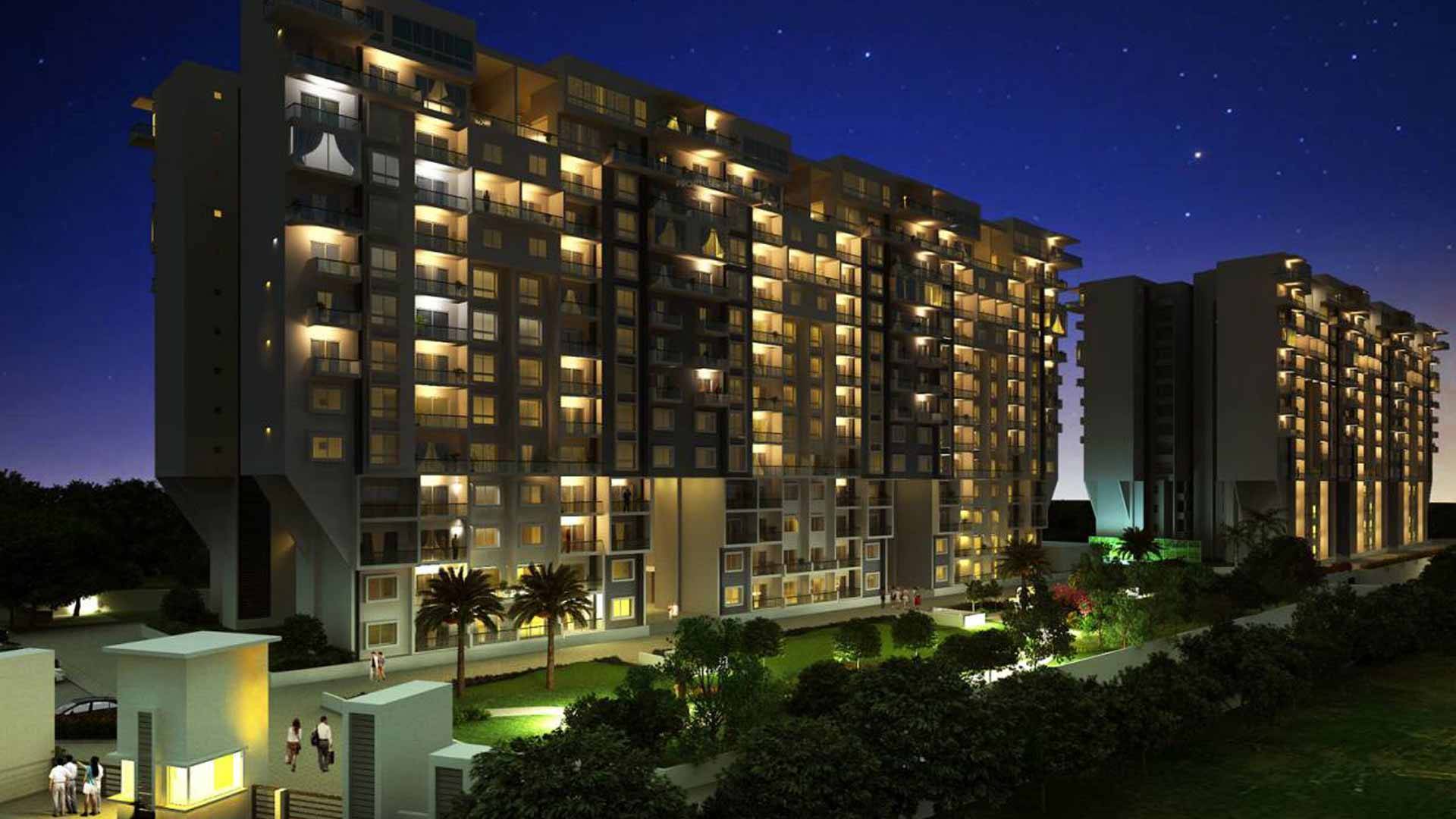
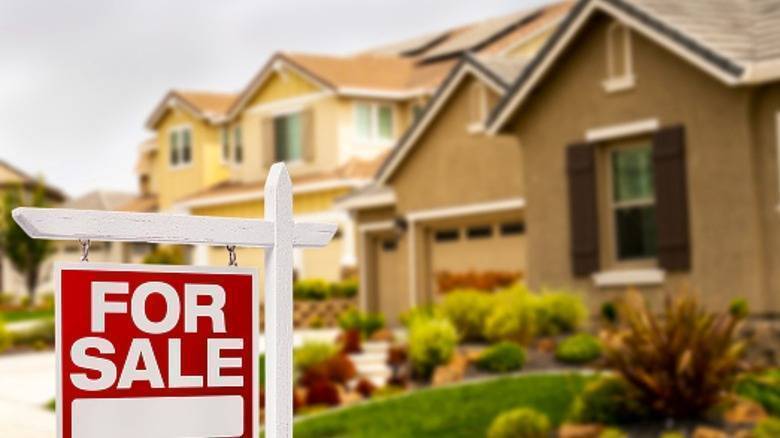



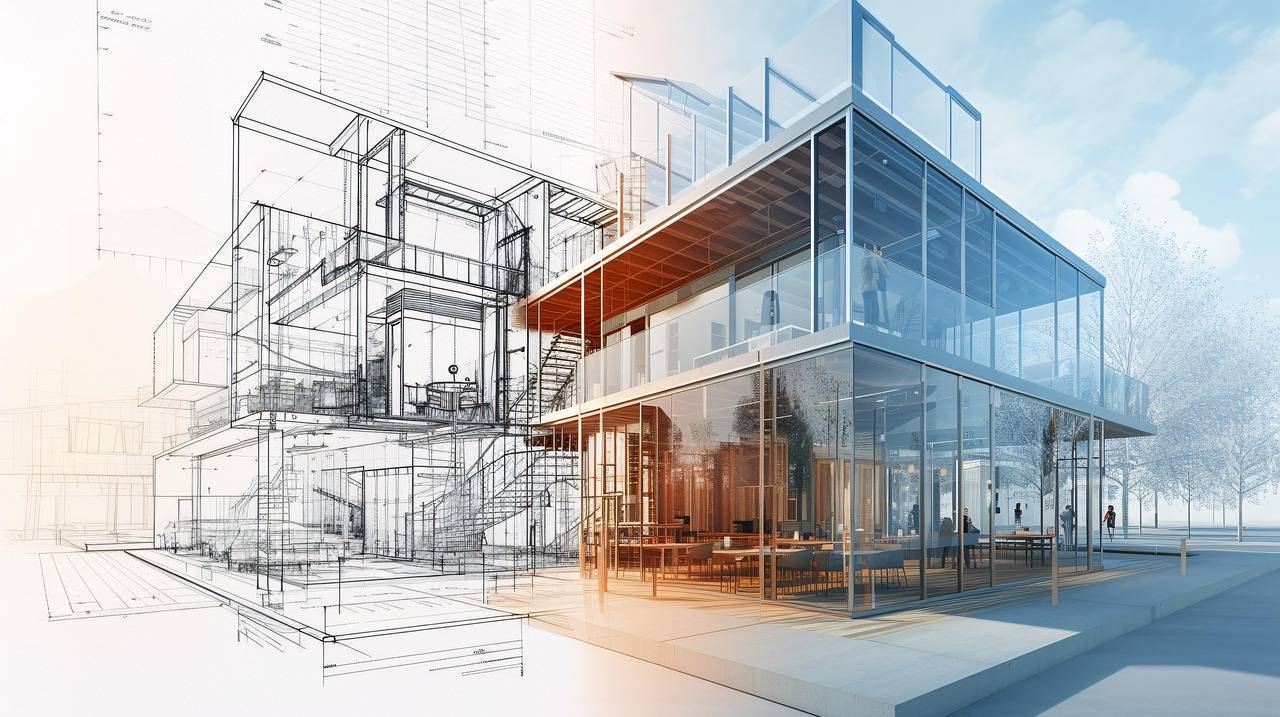

.png)